26 Stunning Common Weeds with Beautiful White Flowers
Common weeds with beautiful white flowers might seem like an odd combination, but they possess a unique charm that often goes unnoticed.
These uninvited guests in gardens and fields surprise many with their delicate blooms that can rival cultivated plants.
In the midst of lush green foliage, their white flowers stand out, creating a stunning visual contrast.
Often overlooked for their beauty due to being labeled as 'weeds,' these plants are resilient and adaptable, thriving in various conditions.
Some even attract beneficial insects, adding ecological value to the landscape.
The subtle elegance of these blossoms can transform any ordinary patch of land into something extraordinary.
Discovering 26 such weeds may change your perspective on what makes a garden truly beautiful.
Delicate White Lace Wildflower Swirls
Wild carrot, famously known as Queen Anne's Lace, boasts delicate fernlike foliage that catches your eye along roadsides and fields.
This stunning plant belongs to the Apiaceae family, sharing botanical roots with tasty vegetables like celery and fennel.
Native landscapes sometimes struggle with its aggressive nature, as each wild carrot can produce a staggering 40,000 seeds per growth cycle.
Domestic and wild carrots share the same species, but their paths diverge quickly in taste and texture.
Mature wild carrots become tough and nearly inedible compared to their cultivated cousins.
White flower clusters dance across its intricate leaves, creating a mesmerizing natural display.
Botanists recognize its distinctive appearance and rapid spread as remarkable characteristics.
Tangy White Blooms Woodland Ground Cover
Wood sorrel delights foragers with its distinct heart-shaped leaves and zesty lemony taste, making it a prized addition to fresh salads and gourmet dishes.
Delicate white or yellow blossoms dot its green foliage, creating a charming woodland scene.
Cool, shady environments provide ideal conditions for wood sorrel's growth and proliferation.
Botanists appreciate its perennial nature and adaptability to various forest and woodland ecosystems.
Culinary enthusiasts value its tangy flavor as a unique garnish or salad ingredient.
Hikers and nature lovers frequently encounter this small but distinctive plant during woodland walks.
Wild food enthusiasts recognize wood sorrel as a delectable and nutritious wild edible with multiple uses.
White Star Wildflower Conquest
Greater stitchwort enchants gardens with its delicate star-shaped white flowers, earning playful nicknames like wedding cakes and star of Bethlehem.
Wild and resilient, this plant proliferates rapidly across landscapes with remarkable ease.
Its charming blooms create a mesmerizing white carpet that captures attention in meadows and woodland edges.
Stitchwort serves as an unexpected culinary surprise, adding interesting texture to fresh salads.
Botanical enthusiasts appreciate its delicate petals and quick-spreading characteristics.
Nature lovers often spot these flowers dotting grasslands during spring and early summer months.
Woodland margins and open fields become magical when stitchwort establishes its beautiful presence.
Feverfew: Nature’s Mosquito-Repelling Guardian
Feverfew stands out as a powerful herbal plant with remarkable dual benefits for gardens and health.
Small daisy-like flowers bloom across its bushy structure, creating a charming visual display.
Medical enthusiasts value its traditional healing properties for treating various ailments.
Bitter aromas protect the plant from many unwanted insects and potential threats.
Sharp scents might discourage beneficial pollinators like bees from visiting nearby areas.
Careful placement in garden landscapes can maximize its protective and aesthetic advantages.
Triangular Seeds Global Botanical Survivor
Shepherd's purse dominates landscapes worldwide with its unique triangular seed pods, thriving after natural disasters like wildfires and avalanches.
Native to the mustard family, this remarkable plant serves multiple purposes beyond botanical curiosity.
Traditional Chinese cuisine incorporates its edible components, while medical practitioners recognize its potential cardiovascular benefits.
Herbalists appreciate its healing properties for managing blood-related conditions.
Agricultural experts recommend careful control strategies to prevent unchecked expansion.
Researchers continue studying its ecological impact and medicinal potential.
Global botanical communities track its remarkable adaptability across diverse environmental conditions.
Resilient Green Fire Survivor
Hemp-nettle dominates disturbed landscapes with remarkable speed, quickly colonizing areas ravaged by wildfires and establishing dense plant communities.
Ecological researchers find this mint-like herb fascinating because of its extraordinary ability to spread rapidly across damaged terrain.
Its tall, herbaceous structure allows it to thrive in areas where many plants cannot survive.
Pest and disease potential make hemp-nettle a complex botanical resident in natural ecosystems.
Scientists study its pioneering qualities to understand how plants recover and regenerate after environmental disruptions.
Botanists recognize hemp-nettle's unique survival strategies as an important indicator of ecosystem resilience.
Landscape managers continue monitoring this intriguing plant's expansive growth patterns and potential ecological impacts.
White Lace Wildflower Wild Meadow Stems
Cow parsley bursts across landscapes with delicate white flower clusters dancing above slender, hollow stems.
Botanical enthusiasts sometimes confuse it with Queen Anne's Lace due to similar appearances.
Naturalistic garden designs embrace its quick-spreading character and short but impactful blooming season.
Wild patches showcase its elegant silhouette against green backgrounds.
Summer meadows sparkle with its intricate white lace-like blossoms.
Careful monitoring helps prevent potential overgrowth in landscape settings.
Native plant lovers appreciate its natural beauty and ecological contributions.
Green Pearl Ground Carpet Conquest
Pearlwort creates dense green mats that look like moss, surprising many garden enthusiasts with its delicate appearance.
Small white flowers dot the plant's surface like scattered pearls, adding unexpected charm to its low-growing landscape.
Manual removal demands serious patience and consistent effort to manage its growth.
This hardy plant thrives in challenging environments, making it both a potential problem and an intriguing ground cover.
Its compact structure resists typical lawn maintenance techniques like mowing.
Pearlwort adapts easily to different soil conditions, showing remarkable resilience.
Nature lovers appreciate its unique ability to create lush, carpet-like surfaces in unexpected spaces.
Invasive Bindweed White Trumpet Menace
Bindweed packs a powerful punch in gardens, with deceptive white and pale pink trumpet-shaped flowers that look innocent but harbor destructive potential.
Sneaky vines wrap tightly around plants and structures, creating a suffocating grip on neighboring greenery.
Razor-sharp underground roots spread quickly, making this climber incredibly difficult to eliminate from landscaped spaces.
Its rapid growth can overwhelm other plants in mere weeks, turning a peaceful garden into a battle zone.
Persistent management becomes essential when dealing with this aggressive vine.
Complete eradication requires dedicated and consistent removal techniques.
Careful monitoring helps prevent bindweed from taking over your precious outdoor spaces.
Yellow-Centered White Wildflower Wonder
Daisies burst with cheerful white petals and a sunny yellow center, capturing attention in gardens from late spring to early fall.
Native to Europe, these charming Asteraceae family members can quickly spread across landscapes with surprising speed.
Bellis perennis, the classic English daisy, represents the most iconic version of this beloved flower.
These delicate blooms thrive in many environments, creating dense patches that catch sunlight beautifully.
Botanical experts recognize multiple daisy species beyond the common white variety.
Some daisies pose ecological challenges by potentially crowding out native plant populations.
While their visual appeal remains undeniable, these flowers demand careful management in cultivated spaces.
Vanilla Whispers White Clover Meadow
White clover enchants gardens with its delicate charm, attracting pollinators through clusters of tiny tubular florets that release a subtle vanilla fragrance.
Bees and butterflies swarm around its classic shamrock-shaped leaves, drawn by the plant's sweet nectar and vibrant presence.
Wildlife relies on this resilient herbaceous perennial as a critical food source, providing essential nutrition for foraging animals and livestock.
Ecologically significant, white clover plays a pivotal role in supporting diverse ecosystem interactions.
Its tenacious nature allows it to spread quickly across landscapes, sometimes becoming an invasive species in certain regions.
Lawn maintenance can become complicated when white clover establishes deep roots and expands its territory.
White Pepper Weed Wildspread Seeds
Foragers love hairy bittercress for its peppery microgreen leaves, which bring unexpected flavor to salads despite the plant's unappealing name.
Small white flowers dot the low-growing rosettes of this early spring broadleaf plant.
Rapid reproduction makes hairy bittercress a challenging garden resident that quickly colonizes open spaces.
Tender green leaves offer surprising culinary potential for adventurous cooks.
Delicate white blossoms contrast with its weedy appearance, adding subtle beauty to disturbed ground.
Botanical enthusiasts appreciate its resilient growth pattern and adaptability.
Careful management helps control this persistent plant's spread across garden borders.
Star-Studded Green Invader
Chickweed flourishes as a resilient plant with star-shaped white flowers and shiny leaves, spreading rapidly across gardens and fields.
Ancient healers recognized its medicinal potential, using chickweed to address various health concerns from skin irritations to joint pain.
Botanists classify this hardy plant as either an annual or perennial, depending on local climate conditions.
Its delicate appearance masks a surprisingly robust nature that allows it to dominate garden spaces quickly.
Small white blossoms dot its surface, creating a deceptive landscape of gentle beauty.
Native to many regions, chickweed adapts remarkably well to cool and moist environments.
Research continues to explore its potential benefits beyond traditional herbal remedies.
Yellow Dandelion Roots Nourish Soil
Dandelions burst with golden blooms and delicate white seedheads, capturing attention across landscapes despite being labeled as weeds.
Misunderstood plants possess remarkable ecological benefits that extend far beyond their unassuming appearance.
Garden ecosystems thrive thanks to their deep taproots, which pull essential nutrients from underground and prevent soil erosion.
Resilient flowers spread quickly, creating patches of sunny color that attract pollinators like bees and butterflies.
Nature lovers appreciate their medicinal properties, using leaves and roots in teas, salads, and herbal remedies.
Nutrition experts recognize dandelions as powerhouse greens packed with vitamins and minerals.
Wildlife depends on these hardy plants for sustenance during early spring when food sources remain scarce.
Green Herbal Spread of Monastic Mystery
Ground elder captivates gardeners with its complex personality, thriving as a rapid ground cover or notorious invader depending on landscape conditions.
Medieval monks valued this plant for powerful medicinal properties, cultivating it strategically in herb gardens across Europe.
Botanical enthusiasts recognize its distinctive white flower clusters and bright green leaves that spread quickly through underground rhizomes.
This perennial plant carries rich historical significance beyond its reputation as a troublesome weed.
Ancient cultures appreciated its healing potential, using leaves and roots in traditional medical treatments.
European monastery gardens often featured ground elder as a versatile herbal remedy.
Landscape designers today debate its merits, weighing potential benefits against potential ecological disruption.
White Feathery Yarrow Wildflower Warrior
Yarrow stands out as a garden champion with remarkable resilience and stunning beauty, effortlessly attracting pollinators while thriving in challenging landscapes.
Its feathery leaves and delicate white flower clusters create a mesmerizing visual display that draws bees and butterflies to its delightful presence.
Native gardeners appreciate this aster family member for its incredible adaptability in poor soil conditions and harsh environments.
Wild landscapes welcome yarrow's rapid spreading habit, though careful gardeners must manage its enthusiastic growth pattern.
Drought resistance makes this plant an excellent choice for low-maintenance outdoor spaces.
Medicinal herb enthusiasts value yarrow for its traditional healing properties and versatile uses.
Landscape designers love how easily yarrow integrates into various garden styles and terrains.
Pollinators particularly adore this hardy perennial's nectar-rich blooms throughout summer months.
Toxic Green Giant Botanical Menace
Giant hogweed reaches an incredible height of fifteen feet, creating a dramatic landscape presence that demands serious caution.
Sunlight exposure from its sap triggers severe burns and blisters that could persist for months, making this plant a hidden health hazard.
Resembling innocent Queen Anne's Lace, this deceptive plant tricks unsuspecting people with its familiar white flower clusters.
Skin exposed to giant hogweed's sap can develop intense, long-lasting injuries that require immediate medical attention.
Removal requires extreme careful handling and specialized techniques to avoid accidental contamination.
Botanical experts warn that this plant's dangerous nature outweighs its visual appeal.
Scientific research continues to investigate the full extent of giant hogweed's harmful potential.
Resilient Weed Defies Urban Landscape
Small but mighty, thale cress stands out as a remarkable weed that conquers harsh environments with remarkable resilience.
Scientists love this unassuming plant for its incredibly short life cycle, making it perfect for genetic research and biological studies.
Sidewalk cracks and barren landscapes often host this tenacious green survivor, showcasing its impressive adaptability.
Gardens and walkways frequently experience its persistent growth, with roots that dig deep and branches that spread quickly.
Researchers appreciate how easily this plant can be studied, offering insights into plant biology and genetic mechanisms.
Its tiny size belies a powerful ability to thrive where other plants would struggle to survive.
Most gardeners find thale cress challenging to permanently remove, as it returns swiftly after initial uprooting.
Small and determined, this weed represents nature's incredible capacity for survival in the most unexpected places.
Purple Rebels Conquering Garden Ground
Wild violets boast over 400 species that decorate gardens with mesmerizing colors from delicate blue to rich purple and pristine white.
Their underground network of roots spreads horizontally, creating a resilient botanical marvel that quickly regenerates from tiny root fragments.
Violet roots dig deep and wide, making complete removal nearly impossible once established.
Most varieties thrive in partial shade and moist soil conditions, adapting easily to various environments.
Their tenacious nature can turn them from a charming garden accent into a potential landscape invader.
Despite potential management challenges, their delicate blooms offer stunning visual appeal throughout spring and early summer.
Botanical enthusiasts appreciate their hardiness and intricate root systems that ensure survival in diverse settings.
Pungent Daisy Menace in Meadows
Mayweed carries a distinctive stinky smell that instantly sets it apart from innocent daisies.
This pesky annual plant creates serious problems for farmers and gardeners across many regions.
Its pungent odor warns people to stay away from its potentially dangerous leaves.
Mayweed spreads quickly through pastures and garden spaces, causing uncomfortable skin irritations.
Grazing animals often suffer painful blisters when they encounter these troublesome plants.
Chemical treatments or manual pulling can help control its growth effectively.
Careful monitoring prevents this aggressive plant from taking over valuable agricultural land.
Concrete-Crushing Green Menace Spreads
Destructive Japanese knotweed wreaks havoc across landscapes, smashing through concrete and foundations with shocking ease.
Introduced originally as a decorative plant, this green menace now terrorizes property owners in the United States and Europe.
Its root system proves incredibly resilient, capable of regenerating from tiny fragments and mounting a relentless invasion.
Landscapers and homeowners face enormous challenges when attempting to eliminate this plant's aggressive spread.
Property damage becomes a serious concern as knotweed penetrates building structures with remarkable persistence.
Experts recommend professional removal techniques to prevent further ecological disruption.
Multiple strategic approaches help control its rapid growth and minimize potential structural risks.
Ongoing management remains critical in stopping this botanical nightmare from conquering entire regions.
Green Warrior: Stinging Nettle Revealed
Stinging nettle stands out as a remarkable plant with surprising versatility, weaving through human history as a textile and medicinal resource used by ancient cultures.
Delicate hair-like structures on its leaves deliver a painful chemical response that triggers uncomfortable skin irritation when touched.
Ancient societies recognized its potential beyond its defensive mechanism, crafting cloth from its robust fibers and developing medicinal treatments.
Ecological systems benefit from nettle's presence, supporting diverse wildlife and contributing to environmental balance.
Scientific research continues to explore nettle's potential health applications and unique biological characteristics.
Native to multiple continents, the plant thrives in various environments, demonstrating remarkable adaptability.
Botanical enthusiasts appreciate nettle's complex nature, balancing between defensive mechanism and significant ecological contribution.
White Deadly Cluster: Toxic Meadow Terror
Meadow death camas lurks as a silent killer among beautiful white flower clusters, masking its extreme toxicity in northwestern landscapes.
Native Americans and early settlers learned the hard way about this plant's deadly potential, which outranks other wild plants in causing human fatalities.
Native to western United States regions, this poisonous species mimics innocent wild onions, creating a treacherous trap for unsuspecting foragers.
Small quantities can trigger fatal reactions in both humans and animals, making its identification critical for outdoor safety.
Botanical experts warn that its pyramidal flower shape belies its dangerous nature, blending seamlessly into natural meadow environments.
Foragers must exercise extreme caution when identifying wild plants to avoid accidentally harvesting this lethal specimen.
Researchers continue studying its complex chemical composition to understand its potent toxic mechanisms.
Wildlife and humans share equal vulnerability to this deceptively beautiful plant's deadly characteristics.
Invasive White Flower Ecosystem Destroyer
Garlic mustard wreaks havoc across North American landscapes, choking out native plants with ruthless efficiency.
Spreading like wildfire, this aggressive biennial herb releases chemicals that prevent other species from growing nearby.
Small white flowers mask its sinister nature, allowing it to rapidly colonize forest floors and garden spaces.
Controlling this invasive plant demands persistent and strategic removal techniques.
Multiple years of targeted eradication efforts become necessary to eliminate its presence completely.
Soil chemistry gets dramatically altered by its toxic properties, creating a hostile environment for indigenous plants.
Ecological experts warn that early detection and consistent management are critical to stopping its destructive spread.
White Poison Bloom Danger
Jimson weed stands out as a mesmerizing nightshade with killer potential, sporting massive white blossoms and spiky seed pods that catch the eye.
Deadly alkaloids lurk within its elegant structure, making this plant a serious health hazard for humans and animals.
Sinister nicknames like devil's snare and thorn apple reveal its menacing character.
Toxic compounds permeate every part of the plant, causing dangerous symptoms when touched or ingested.
Skin contact alone can trigger severe poisoning, demanding extreme caution around this botanical beauty.
Landscapers and gardeners should consider immediate removal to prevent accidental exposure.
Its striking appearance masks a hidden threat to unsuspecting observers.
Nature rarely packages danger so attractively as this deceptive botanical wonder.
Deadly White Umbrella of Poison
Deadly water hemlock lurks in North America's wet meadows and riverbanks, disguising itself with innocent white flower clusters that mirror edible plant appearances.
Unsuspecting foragers might easily mistake this plant for harmless wild parsnip, creating a potentially fatal error.
Toxic compounds within water hemlock can kill a person within minutes of ingestion, making it the most dangerous plant on the continent.
Poisonous substances spread quickly through the entire plant, from roots to stems and leaves.
Garden safety demands immediate removal of any suspected water hemlock to protect humans and animals from accidental exposure.
Botanical experts strongly warn against casual identification attempts by untrained individuals.
Careful research and professional consultation are critical when encountering unfamiliar plants in wild spaces.
Survival depends on recognizing and avoiding this extremely dangerous botanical threat.

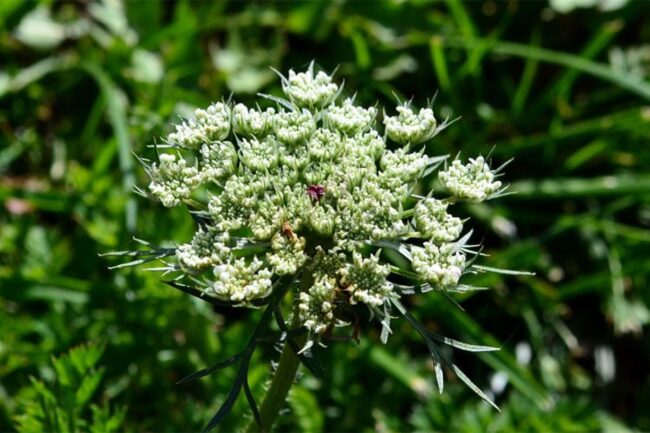

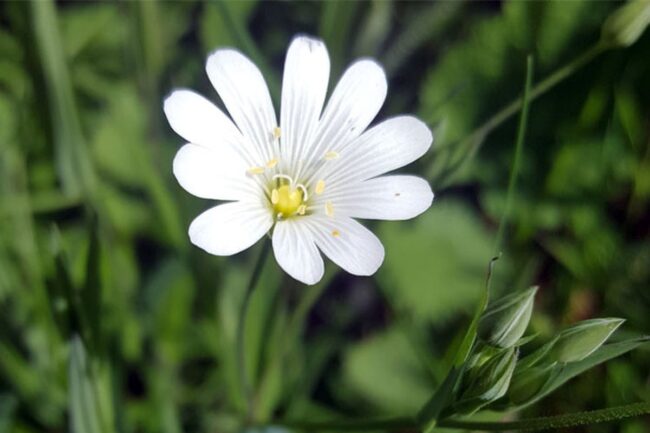
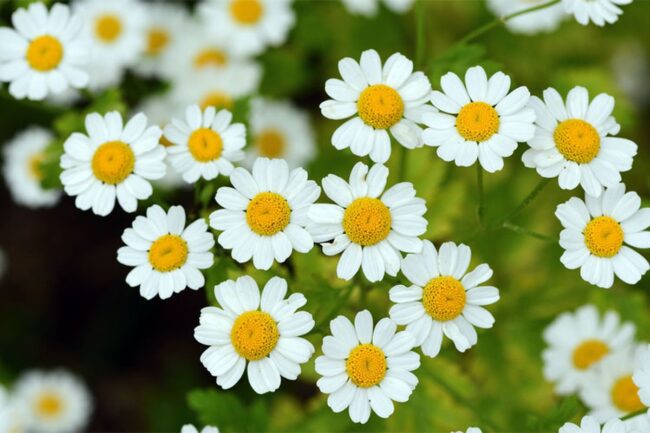
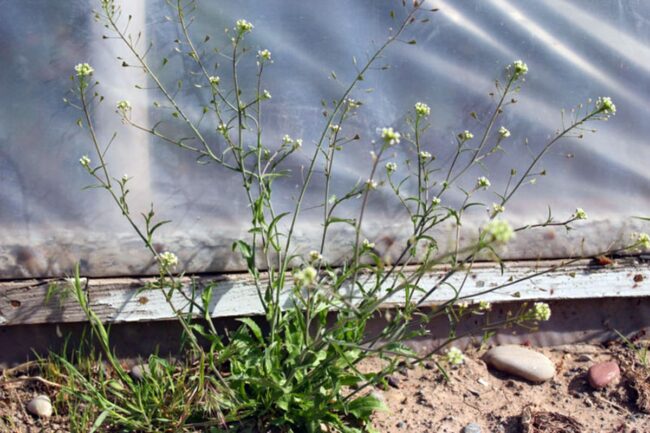
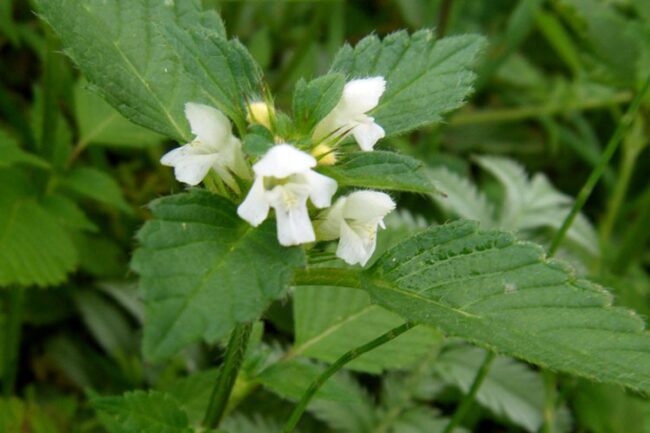
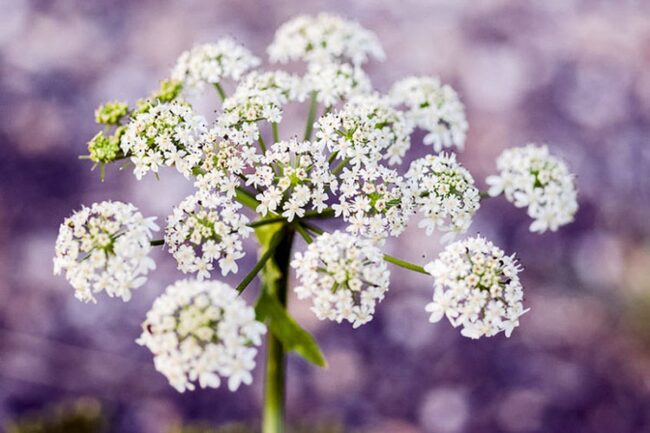
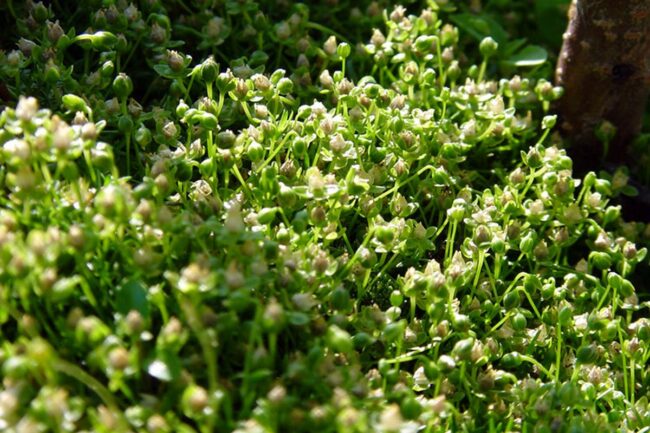
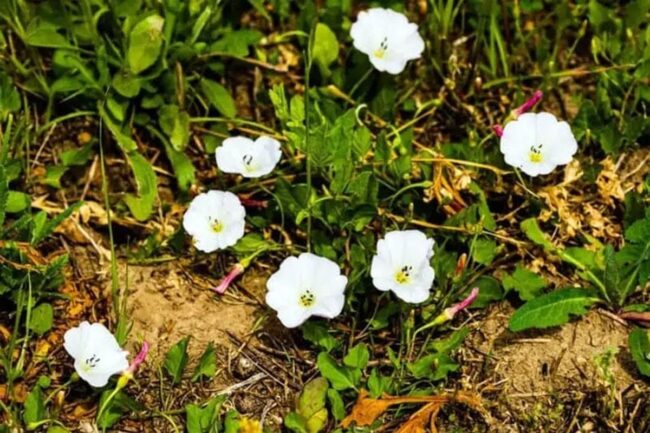
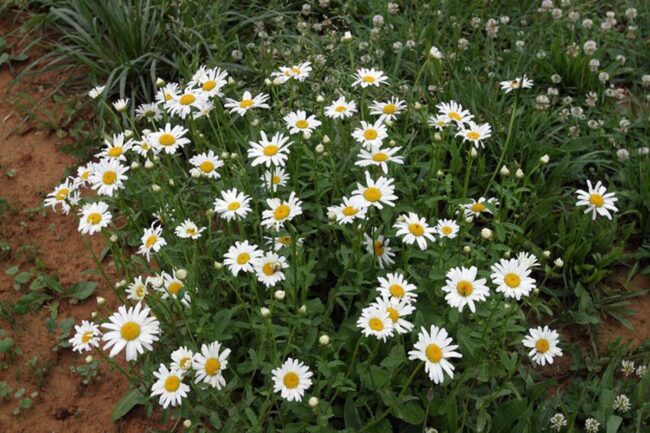
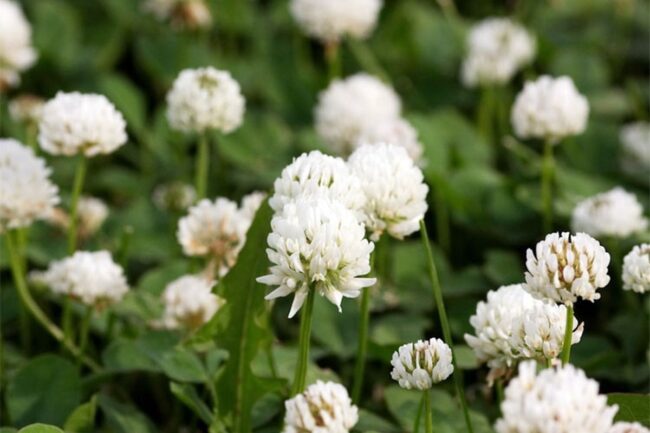
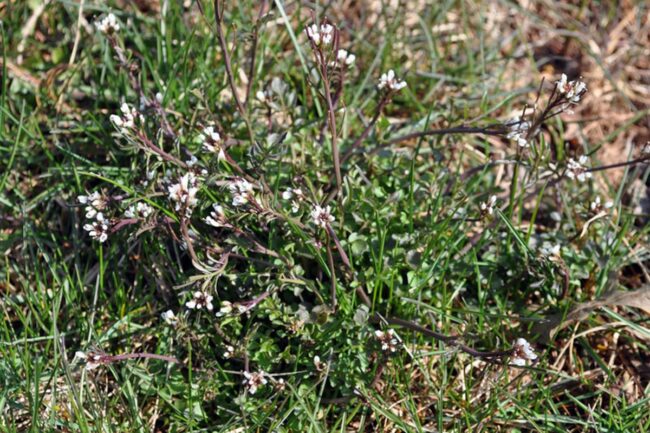
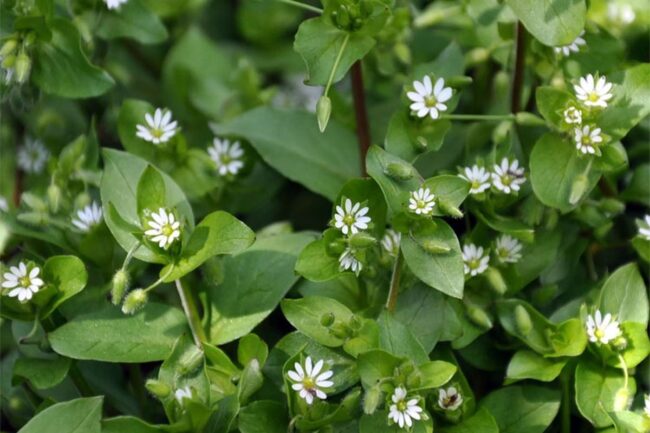
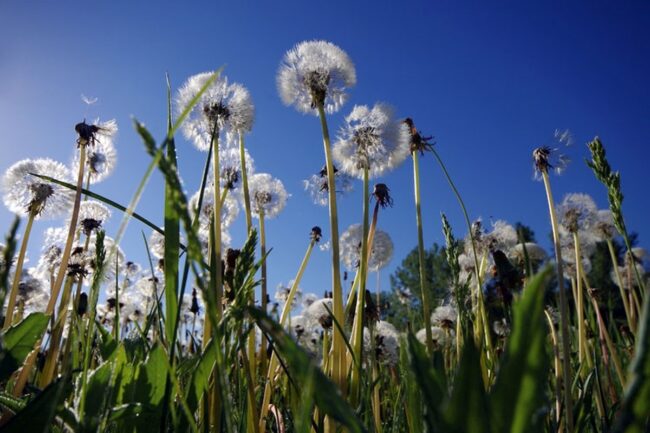
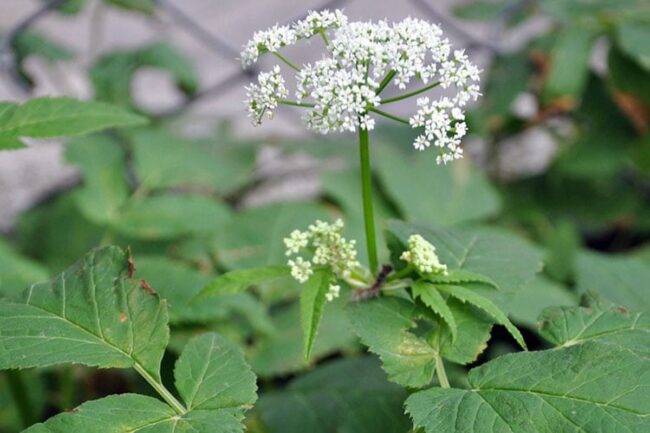
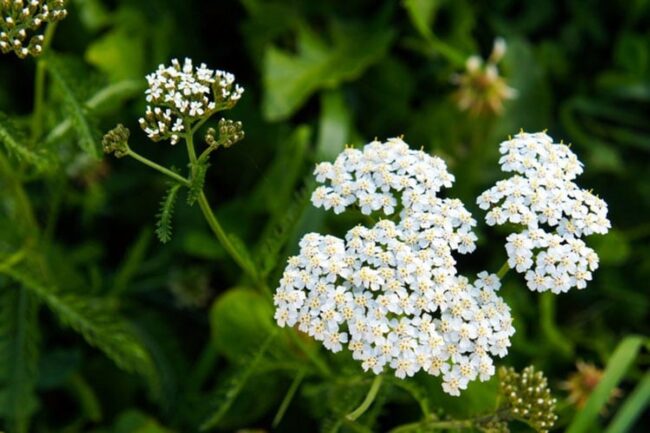
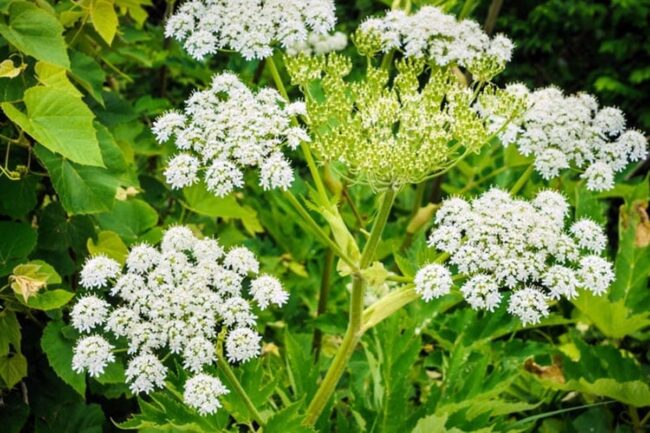
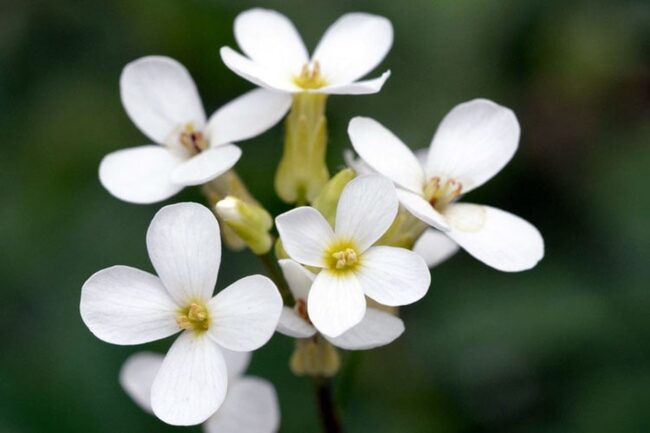
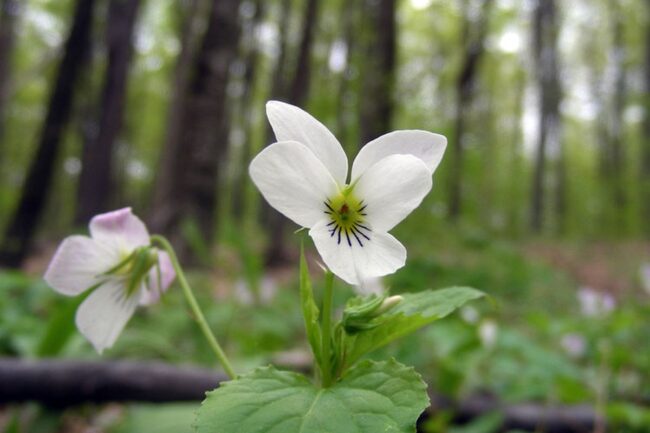
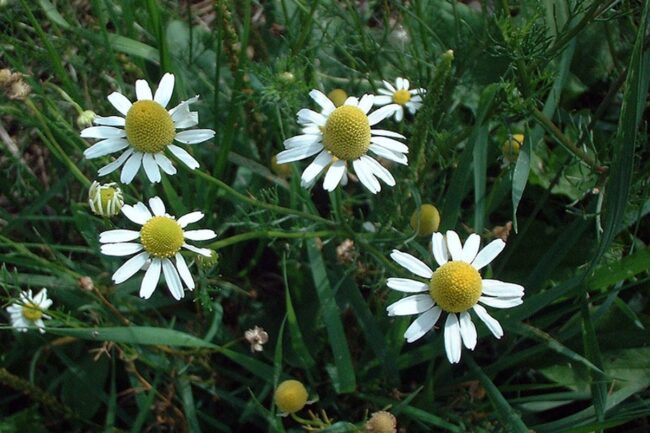
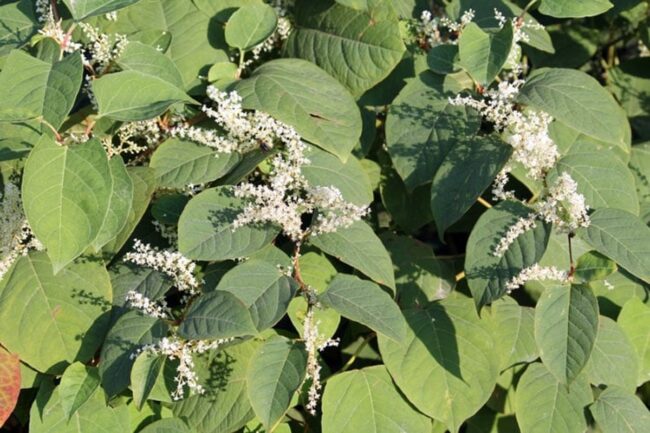
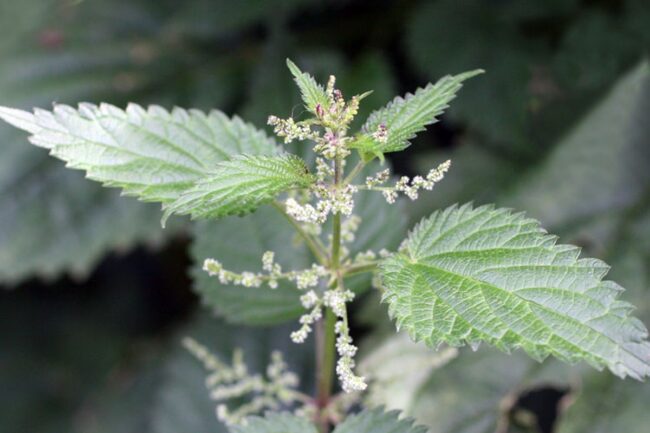
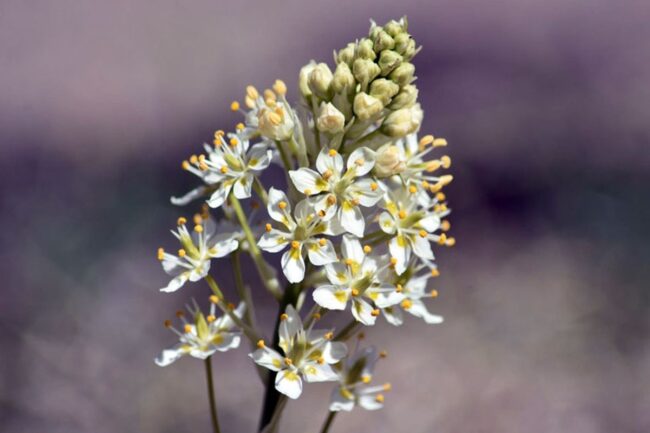
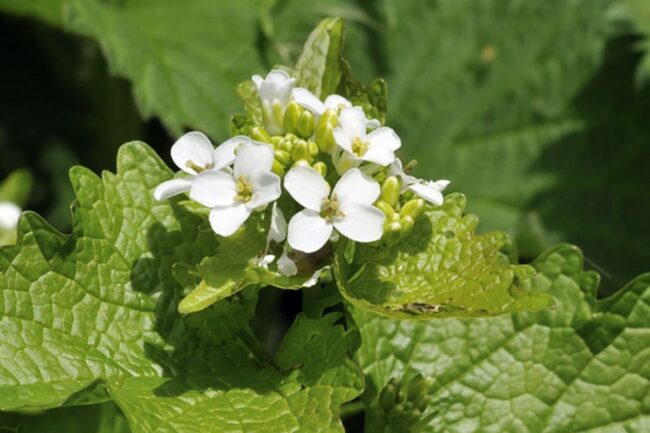

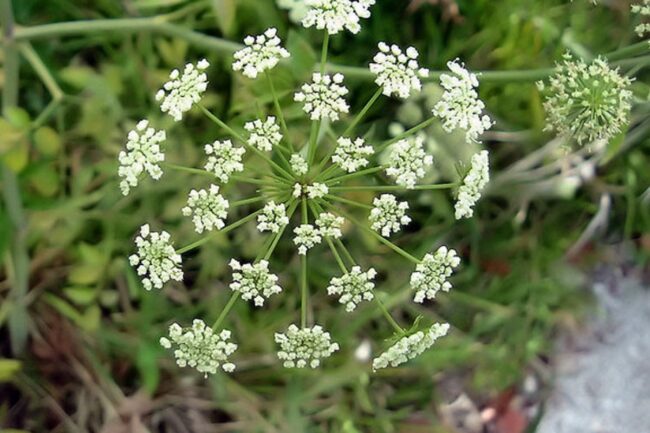
Ethan Mitchell
Founder & DIY Home Improvement Specialist
Expertise
DIY home improvement, sustainable construction, hands-on building techniques, project planning, tool expertise, eco-friendly design, step-by-step DIY guides, home renovation strategies
Education
Portland Community College, Portland, OR
Ethan Mitchell is the founder of Archeworks.org, a platform for practical DIY home solutions. With over 10 years of experience in sustainable home design and construction, Ethan simplifies projects with clear guides and eco-friendly tips. His background in construction technology ensures every project is approachable and effective.
At Archeworks.org, Ethan shares step-by-step tutorials, green living ideas, and tool safety tips, inspiring readers to improve their homes with confidence. For Ethan, DIY is about learning, creating, and feeling proud of what you build.